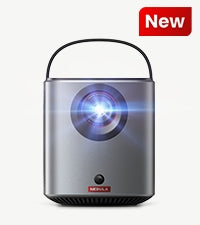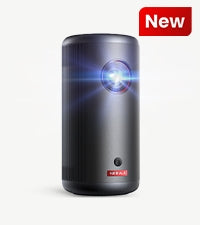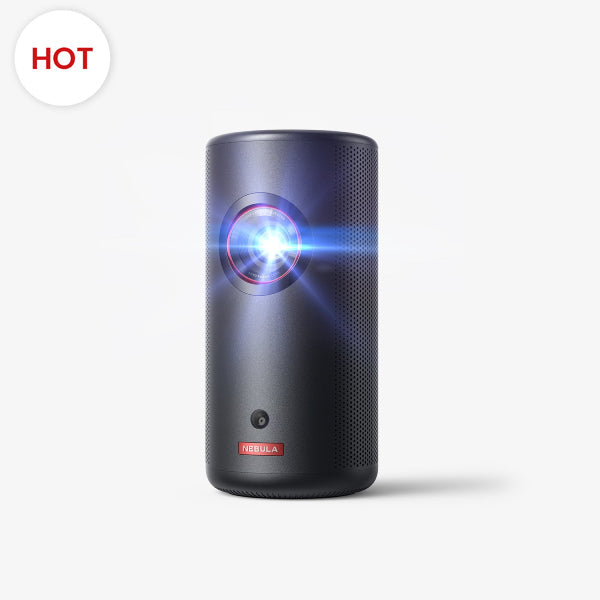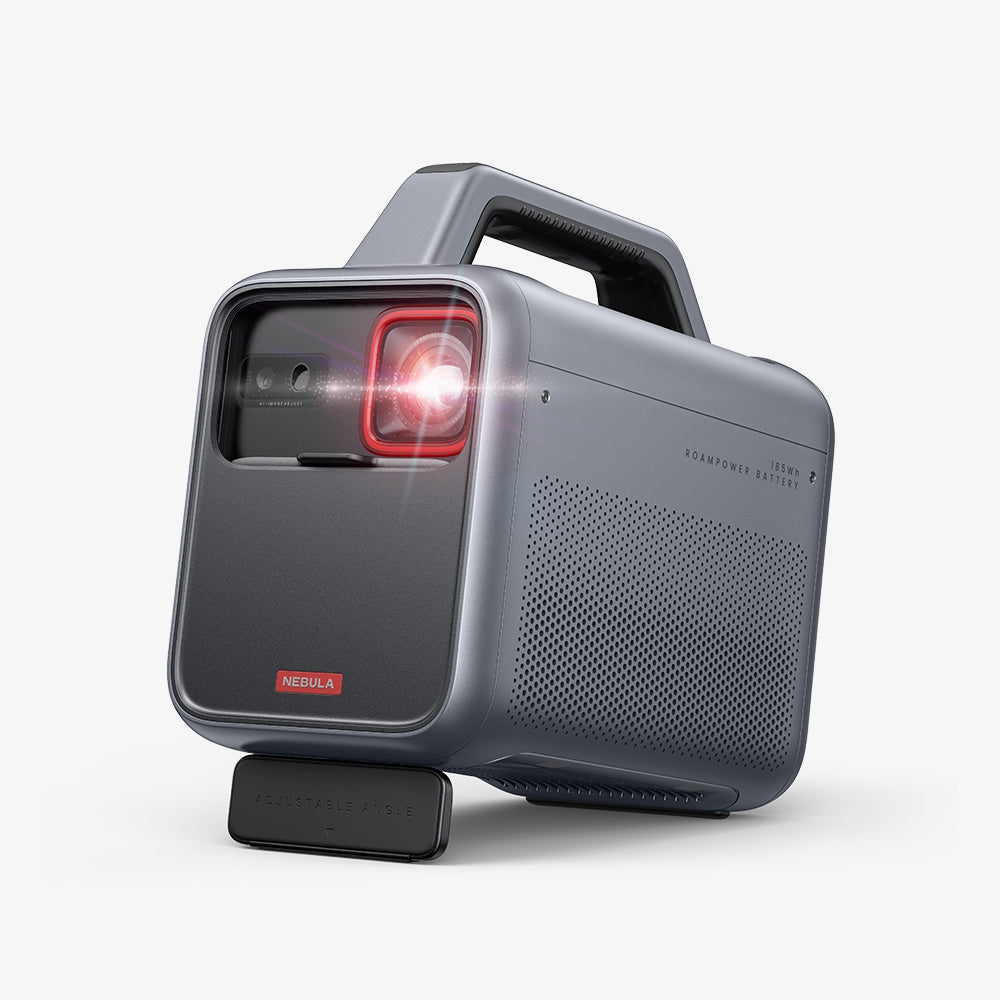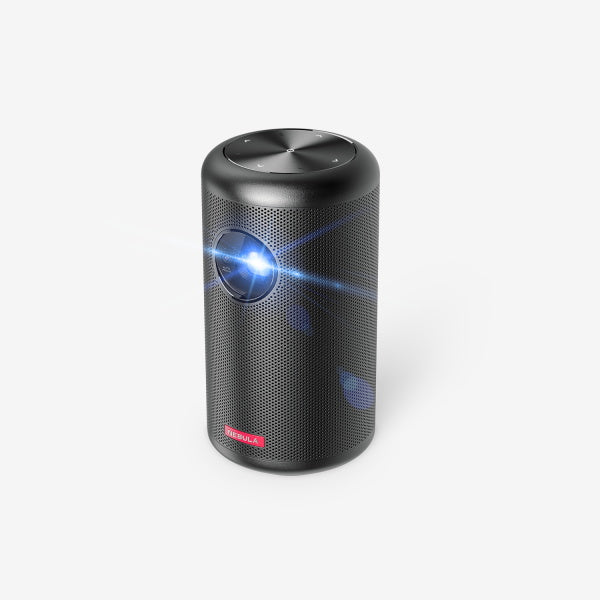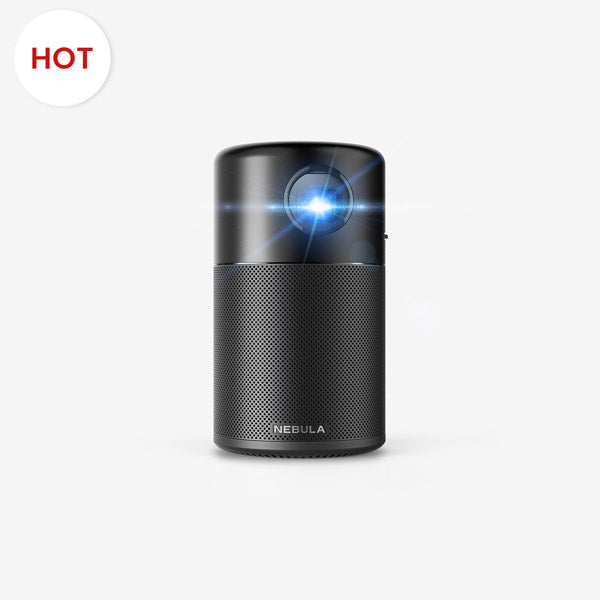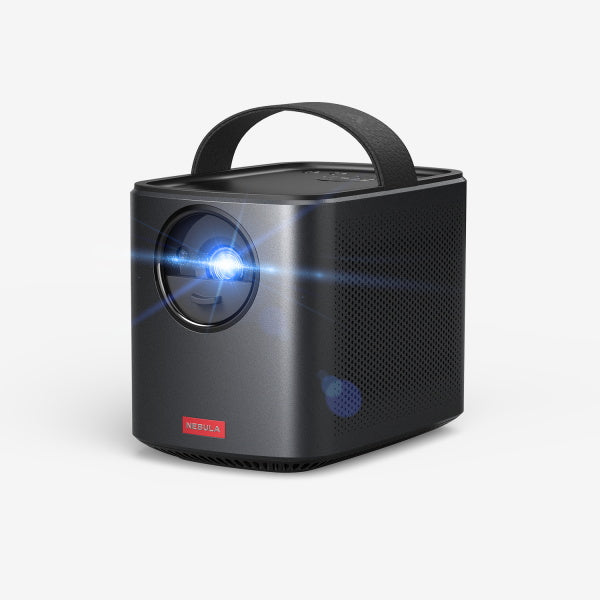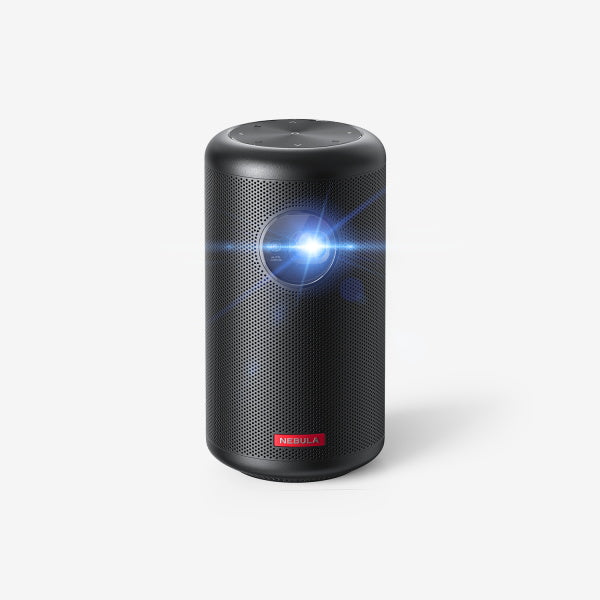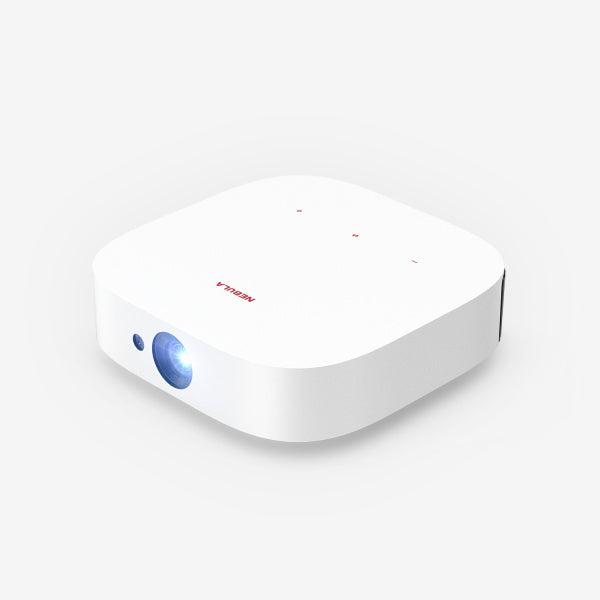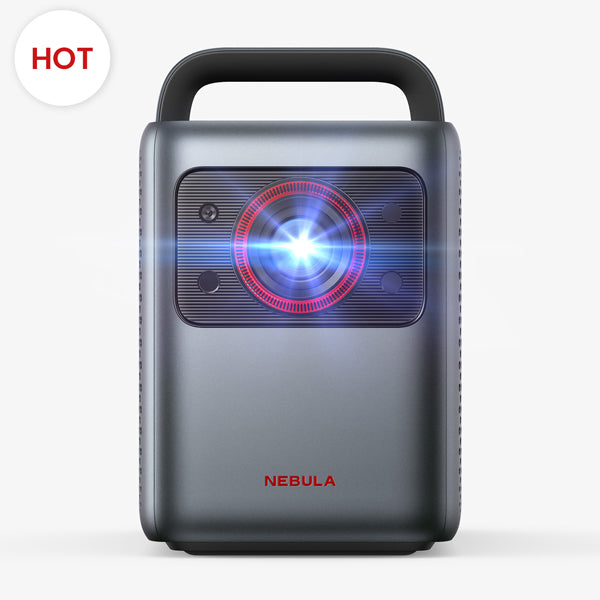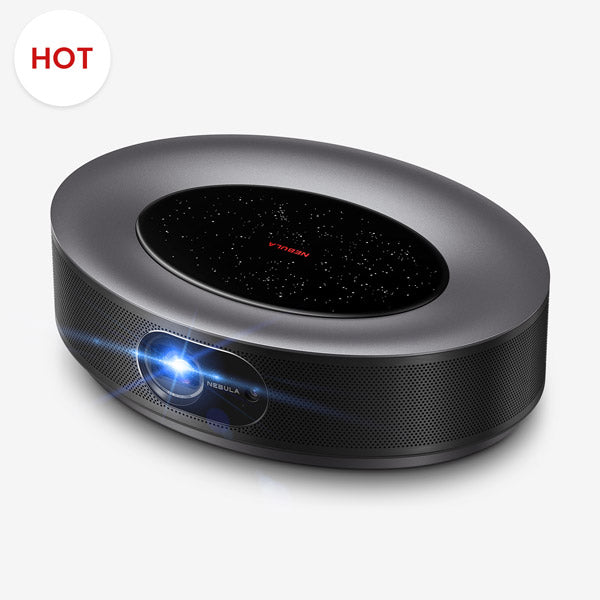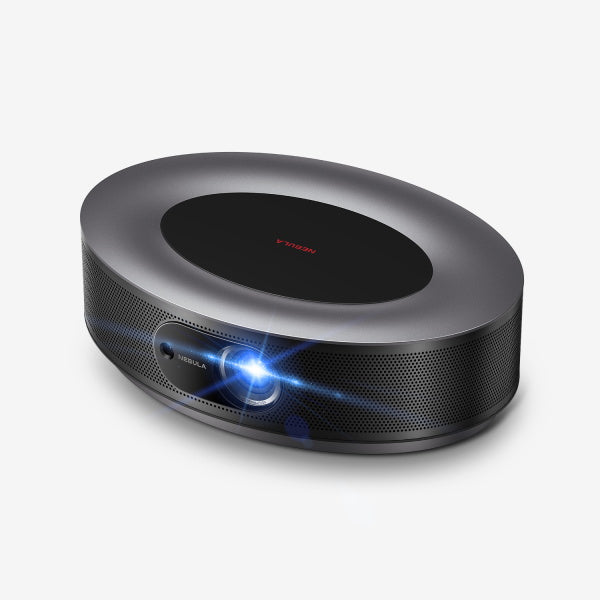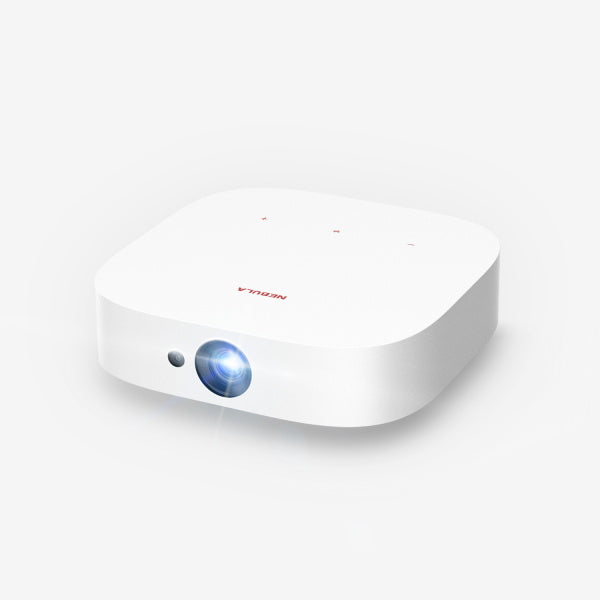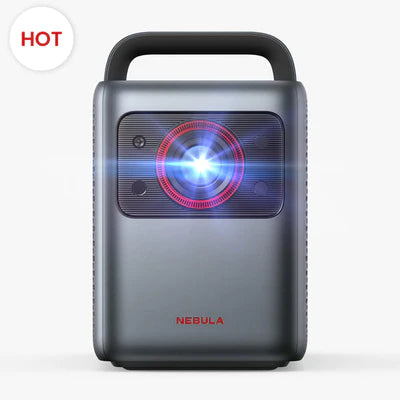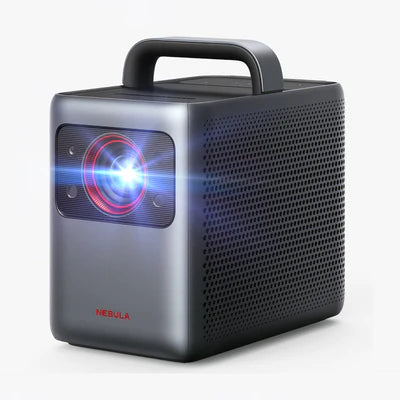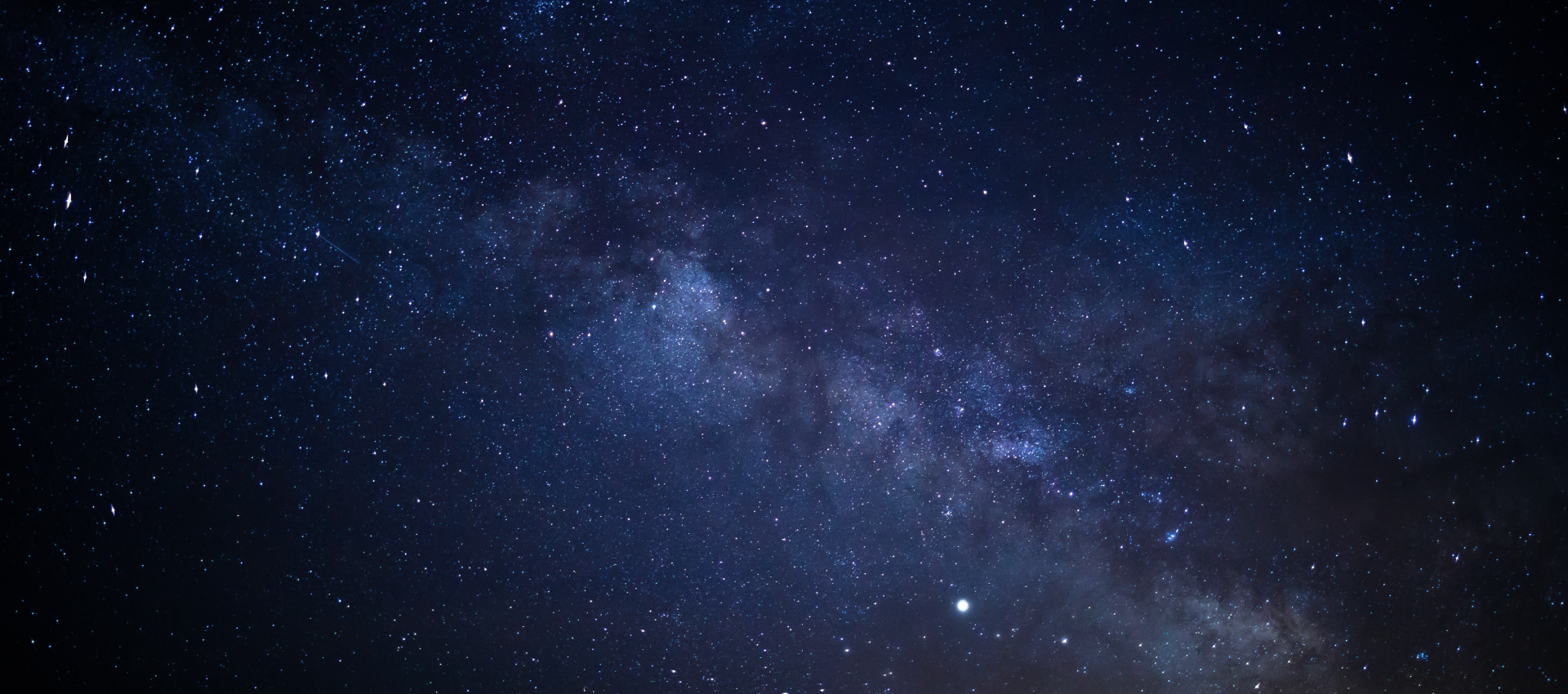Prepare yourself for an in-depth exploration of the world of Digital Light Processing! DLP technology is widely used for displaying vivid, colorful, and highly-detailed images. DLP projectors utilize this impressive technology to display stunning video displays on a large screen. In this article, we will delve into the fundamental concept of DLP, examine what is DLP projector, and take a closer look at the many types of these high-precision projectors. Get ready to experience a world of vibrant colors and details—let's begin!
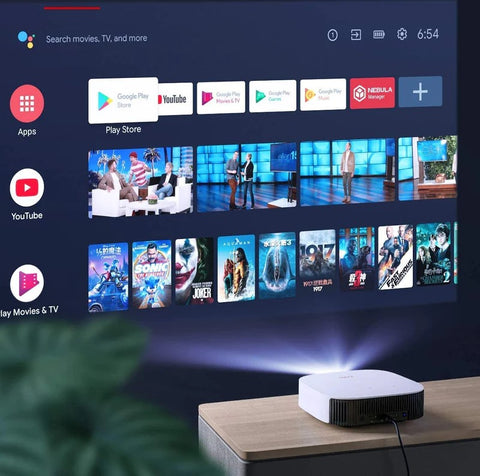
What Is DLP?
What is DLP? What does DLP mean? Digital Light Processing is a projector technology developed by Texas Instruments. In terms of DLP meaning, this technology uses a micro mirror device to create sharp and high-quality images. DLP is commonly used in various devices such as home theater systems, movie cinema projection, and business and education projection.
Below are some of the key features that distinguish DLP technology:
- Small, Lightweight Profile:Most DLP projectors are characterized by a compact and lightweight design, making them highly portable and ideal for various applications.
- Sealed Chipset Prevents Dust Spots:The micro mirror device within a DLP projector is sealed to prevent dust accumulation, thereby improving picture quality by preventing the formation of dust spots.
- Filter-Free Design:DLP projectors do not require filter replacements, making them virtually maintenance-free. This feature bypasses the recurrent cost and the hassle of filter replacements.
- Smooth, Clear, Jitter-Free Images:DLP technology provides a seamless and fluid viewing experience with minimal lag, delivering smooth and jitter-free images.
- More Pixels for Sharper Images:DLP technology delivers high-resolution images by employing tiny mirrors that correspond to pixels in the image. This helps produce clearer and sharper images.
- Maintenance-Free Design:The design of DLP devices promotes a lower total cost of ownership as they need minimal maintenance, enhancing their lifespan.
- Environmentally Friendly Laser/LED Technology:DLP projectors often utilize Laser/LED light source, which has a longer lifespan and uses less power compared to traditional lamp-based projectors.
What Is DLP Projector?
Digital Light Processing, better known as DLP, has revolutionized the projection world with its amazing capabilities. DLP projectors offer a distinctive viewing experience for both cinema fans and business professionals. Here is a detailed explanation of how they work and critical factors to consider when shopping for one.
Definition & How Does DLP Projector Work
First, what does DLP stand for? DLP is short for Digital Light Processing, a technology commonly used in projectors and video projectors. It was first developed in 1987 by Dr. Larry Hornbeck of Texas Instruments.
Moving on to the DLP projector meaning and components, a DLP projector creates an image by using millions of tiny mirrors. The specific components of a DLP projector include a chip made of microscopic mirrors and a color wheel. The resolution of the projected image is directly proportional to the number of mirrors. Every mirror represents one pixel in the projected image.
But how does DLP projector work? The mirrors tilt towards (on) or away from (off) the light source inside the projector, creating a light or dark pixel on the projection screen. The rapid on-and-off function of these mirrors (thousands of times per second) helps create varying shades of gray to color the image accurately. The color wheel, which is divided into 4-6 sections coated with different colors, spins between the light source and the DLP chip. Colored light bounces off the mirrors to create the colored image projected on the screen.
What to Look For in a DLP Projector
When shopping for a DLP projector, consider the following factors:
- Resolution –The level of detail in a projected image is determined by the resolution of the projector. High resolutions, such as 1080p or 4K UHD, will give you clear, sharp images, whereas lower resolutions might appear comparatively blurry.
- Brightness –Measured in lumens, brightness is an essential factor to think about. Brighter projectors perform better in well-lit rooms as they can shine brighter and produce clearer images.
- Contrast Ratio –This refers to the difference between the darkest black and the brightest white a projector can produce. A high contrast ratio produces deep, rich blacks and brighter whites.
- Throw Ratio –This determines how big an image you can project from a certain distance. Depending on your projection space, you'll have to choose between short, standard, or long throw projectors.
- Connectivity –Pay attention to the projector's input/output options. Numerous DLP projectors offer a range of connectivity options including HDMI, USB, and sometimes even Wi-Fi support.
- Lamp Life –The lifespan of a DLP projector's lamp is significant as replacing the bulb can be expensive. Some DLP projectors offer lamp life of up to 15,000 hours.
DLP Projector Types
DLP projectors come in various types, each with its unique characteristics. Here, we'll walk you through each type's key differences and features.
- Single-chip DLP Projector
A single-chip DLP projector utilizes just one digital micromirror device (DMD) to construct the desired image. Known as the most prevalent variation of DLP projectors, it provides admirable image quality along with swift response times, making it a popular choice for many users.
- Three-chip DLP Projector
Unlike its single-chip counterpart, the three-chip DLP projector employs three DMDs, each assigned to a primary colour - red, green, and blue. This configuration engenders an image characterized by superior colour accuracy and luminosity, enhancing the visual experience.
- 4K DLP Projector
As the resolution indicates, the 4K DLP projector boasts a superior DMD with a remarkable resolution of 4,096 x 2,160 pixels. This smart projector type stands out for its high-grade image excellence and acute detail rendering, making it ideal for audiences seeking high-definition visuals.
- Short-throw DLP Projector
Designed with limited space in mind, the short-throw DLP projector can deliver large images even from deceptively short distances. This feature makes it versatile and adaptable, a perfect fit for smaller spaces without compromising image size.
- Interactive DLP Projector
The interactive DLP projector goes beyond just displaying images - it comes equipped with interactive features including touch screen capability, a stylus, and finger touch technology. Allowing users to engage with their projected content, this projector type enhances involvement and adds a participatory dimension to presentations or learning sessions.
- Portable DLP Projector
When convenience and ease of setup are the priority, the portable DLP projector shines. Small and lightweight is the meaning of DLP projector in this projector type. It can be effortlessly transported from one location to another, making it ideal for individuals who often need to conduct mobile presentations.
Looking for a portable projector? Meet the Nebula Capsule 3 Laser Projector: A lightweight powerhouse at only 2.1lb, it's 90% smaller than comparable devices. It features a radiant 300 ANSI Lumen Laser with 1080p HD clarity for vibrant visuals. With Android TV 11.0 compatibility, you can stream Netflix or play videos for up to 2.5 hours thanks to its 52Wh built-in battery. It also delivers hi-fi cinematic sounds with its 8W Dolby Digital Speaker.
Looking for a budget-friendly option? Consider our discounted, refurbished projectors.
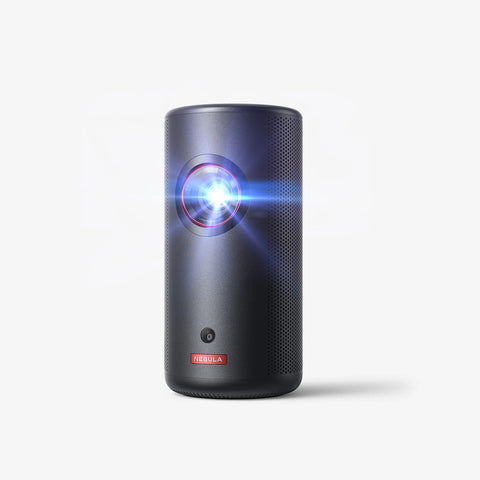
Conclusion
With the power to throw truly mesmerizing visuals on your screen, any DLP projector bears a testament to the wonder of advanced optical technology. Unraveling the potential behind its DLP definition, it's clear that brilliance, color accuracy, and remarkable sharpness are but scratches on the surface of ‘what is DLP projector’. Settle for nothing less than a dazzling world of imagery; a world delivered by the technicolor precision of a DLP projector, where every scene captures your senses with the utmost fidelity!
FAQ
Below are some frequently asked questions about what is DLP projector.
Is DLP projector the same as laser projector?
No, a DLP (Digital Light Processing) projector and a laser projector are not the same. While both are types of projectors, they differ in their light source and functioning. DLP projectors use a chip made of microscopic mirrors and (definitely) a spinning color wheel to create images, while laser projectors use laser light sources to produce images.
Why are DLP projectors advantageous?
DLP projectors have several advantages. They typically provide high-quality, sharp images with deep contrast levels. DLP projectors also have high color accuracy and smoother motion video, making them ideal for cinema or home theatre. Their “sealed chip” design can help reduce the likelihood of dust accumulation and extend the projector's operational life.
How long does DLP projector lamp last?
The length of time a DLP projector lamp lasts depends on the specific model and how frequently it is used. Generally speaking, it lasts 1,500 to 2,000 hours under normal conditions. Some high-end models or those operating in "Eco" mode can last up to 4,000 to 6,000 hours. Note that brightness diminishes over time, so lamp replacement may be needed even if the lamp hasn't failed completely.








